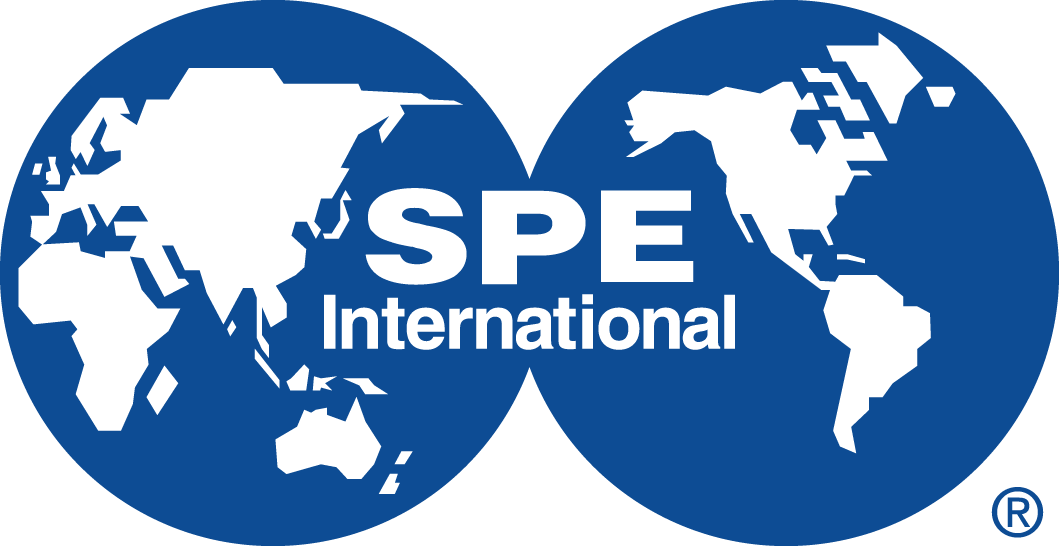-
Courtyard Deck60 mins
-
Charlie's Long Bar60 mins
-
Fredricksburg Foyer60 mins
-
Fredricksburg Ballroom10 mins
-
Fredricksburg Ballroom30 mins
Keynote Presentation: Blind Testing Refrac Simulation Predictions - Results and Lessons Learned
Mark McClure, ResFrac
-
Fredricksburg Ballroom90 mins
Chairs: Neil Modeland, Halliburton; Kevin Eichinger, BKV
Understanding a well's refrac potential is a critical exercise in evaluating well candidates, determining a valuation for an asset, and estimate reserves for a well. This session will explore the current methods being applied in these areas by both operators and financial institutions to appropriately de-risk and determine a well's potential for refracturing.
Presentation 1: The Science of Second Chances: Using Multivariate Analysis to Predict Refracturing Potential and Boost Reserves
Morgan Whitlock, BKVPresentation 2: Leveraging Known Geology & Data to Identify Low-Risk High-Return ISO-Refrac Candidates
Alex Nguyen, VerticePresentation 3
Thomas Skipper, Citi
-
Fredricksburg Foyer20 mins
-
Fredricksburg Ballroom90 mins
Chairs: Dick Leonard, ProTechnics; Luis Castro, Baker Hughes
Communication between hydraulic fractures in the same or in adjacent wells have diverse consequences such as uneven production distribution within a well and/or production interference between neighboring wells. This session showcases presentations that facilitate understanding the nature, cause and effect of these interactions as it’s critical for optimizing various production operations, including re-fracturing. Types of intra- and inter-well communications, how to identify them, and attempts to reduce their negative effects will be discussed
Presentation 1: Potential, Causes, and (Maybe) Avoidance of Casing Damage During Refracturing
George King, GEK EngineeringPresentation 2: Mapping FDIs and Avoiding Depletion in a Barnett Refracturing Campaign
Ben Dellenbach, BKVPresentation 3: Monitoring the Effectiveness of a Bullhead Refrac Using Temporarily Deployed Fiber Optic Cable
Ryan Traweek, Halliburton
-
Charlie's Long Bar60 mins
-
Fredricksburg Ballroom90 mins
Chairs: Malcolm Pitman, NewGen Systems; Robert Coon, PetroQuip; Eivind Moen, Comitt
This session will focus on modern completion techniques and coiled tubing technologies directly involved in refrac applications. The advancement of modern completion techniques continues to expand candidate selection while reducing operational risks through lessons learned. CT technologies are further advanced to assist in well prep, targeted treatments, and post-refrac wellbore cleanouts.
With a growing number of operators running comprehensive refrac campaigns across multiple basins, the demand for reliable and cost-effective refrac solutions is increasing as operators look to maximize value from their under-stimulated well stock.
Presentation 1: Preps to Production: Key Operational Insights for a 2024 Refrac Campaign
Tyler Williams, DevonPresentation 2: Case Study: Midland Basin Sub Hydrostatic Cemented Liner Installations
Alex Mayher, DiscoveryPresentation 3: Eagle Ford Cemented-Liner Refracs: Analysis of Reserves and Economics
Don McLean, Nine Energy
-
Fredricksburg Foyer30 mins
-
Fredricksburg Ballroom90 mins
Chairs: Eivind Moen, Comitt; Jason Baihly, SLB
New methods and associated technologies continue to evolve over time as operators seek to add production beyond drilling and initial well completing. This session will discuss new technologies and approaches being used and developed to improve restimulation recovery and economics and topics span from fluids and additives, downhole tools, to innovative use of legislative tax incentives.
Presentation 1: Nanobubbles: An Innovative Approach to Improving Recoveries in Shale Reservoirs
Brad Hice, MoleaerPresentation 2: Improving Proppant Placement and Flowback in Refracturing Operations
Mukul Sharma, University of TexasPresentation 3: Tax Credits for Use of CO2 in Refracturing
Jim Strawn, R. Reese & Associates, PLLC
-
Luckenbach Pavilion90 mins
Chairs: Robert Coon, PetroQuip; Mohamed Saraya, Vertice
The Poster Session will be held in conjunction with the Networking Reception on Monday evening, 19 May, 1630-1800. The poster owners will be present to explain and answer questions about the topics on their posters covering all aspects of technologies and case histories relevant to Refracturing. We encourage all attendees to interact with each other during the reception and rotate through the posters. Posters will also be displayed during coffee breaks on Tuesday, 20 May.
To be considered as a poster presenter for this workshop, please submit your abstract here. This information will be used, as submitted, in all printed materials.
Deadline: 17 March 2025
-
Charlie's Long Bar60 mins
-
Fredricksburg Ballroom90 mins
Chairs: Jon Holt, Black Mountain; Steve Asbill, Foundation Energy
The session aims to explore advancements made in historically proven zonal isolation techniques (cementing, ball sealers, and solid diversion materials) as well as advancing technology. Isolation of the primary completion remains a key component in driving refrac/recompletion success.
Presentation 1: Full Lateral Isolation Using Particulates: Operational and Material Challenges
Nick Koster, DiverterPlusPresentation 2: Wellbore and Stage Isolation: Refrac Challenges and Techniques
Aaron Burton, Core LaboratoriesPresentation 3
Steve Wehrenberg, Energy I.P.
-
Fredricksburg Foyer30 mins
-
Fredricksburg Ballroom90 mins
Chairs: Jamie McEwen, ConocoPhillips; Blake Horton, Ovintiv
Designing a refrac job requires a holistic understanding of reservoir geomechanics, well production data, wellbore integrity, and initial completion design. Operators rely on economic modeling to appraise candidates and benchmark different designs, to determine probability of success. This session focuses on the workflow for selecting candidates, techniques, and designing effective stimulation plans for refracturing projects.
Presenters:
Jon McKenna, Microseismic
-
Charlie's Long Bar60 mins
-
Fredricksburg Ballroom90 mins
Chairs: Dick Leonard, ProTechnics; David Traugott, Consultant
Common concerns that arise around horizontal well refracturing are often centered around stimulation effectiveness and analyzing the end result: How much lateral length coverage can be achieved? Do the isolation methods work? Has new rock been contacted? Pairing the proper diagnostic tools with refracturing opportunities can help the industry better address these concerns. This session will present effective diagnostics solutions (including AI/Data Science solutions) and refrac case histories that help enable the sub-surface insight needed to optimize horizontal fracturing.
Presentation 1: Optimizing Refracturing Models in Tight Oil Reservoirs: An Integrated Workflow of Geology and Engineering
Wei Yu, Sim Tech LLCPresentation 2: Refrac by the Numbers: Insights and Lessons from 250+ Wells Logged with High-Resolution Acoustic Imaging
Tamara Maxwell, DarkVisionPresentation 3: Midland Basin Refrac Diagnostics Case Study
John Ndungu, ExxonMobil
-
Fredricksburg Foyer15 mins
-
Fredricksburg Ballroom90 mins
Chairs: Sam French, SWFrac Consulting LLC; Matt White, ConocoPhillips
Many different methods of Refracturing have been utilized with some successful and some not. This session will focus on lessons learned and a discussion of what changes could be made going forward. This session is intended to help others learn from the mistakes and successes of others, and to learn how to progress Refracturing technologies and procedures.
Panelists:
Neil Modeland, Halliburton
Scott Mendenhall, Devon
Mukul Sharma, University of Texas

